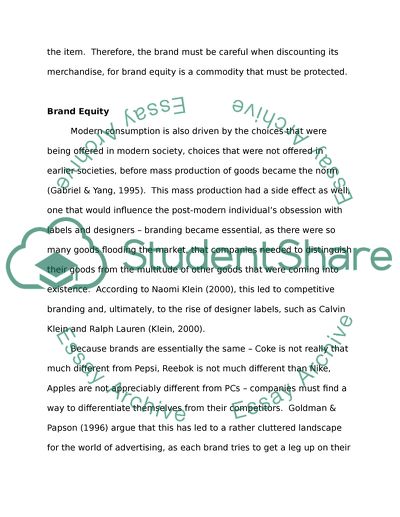Cite this document
(Measuring Brand Equity across Products and Markets Case Study, n.d.)
Measuring Brand Equity across Products and Markets Case Study. Retrieved from https://studentshare.org/marketing/1580936-brand-management-managing-price-discounting-and-its-possible-impact-on-brand-equity
Measuring Brand Equity across Products and Markets Case Study. Retrieved from https://studentshare.org/marketing/1580936-brand-management-managing-price-discounting-and-its-possible-impact-on-brand-equity
(Measuring Brand Equity across Products and Markets Case Study)
Measuring Brand Equity across Products and Markets Case Study. https://studentshare.org/marketing/1580936-brand-management-managing-price-discounting-and-its-possible-impact-on-brand-equity.
Measuring Brand Equity across Products and Markets Case Study. https://studentshare.org/marketing/1580936-brand-management-managing-price-discounting-and-its-possible-impact-on-brand-equity.
“Measuring Brand Equity across Products and Markets Case Study”. https://studentshare.org/marketing/1580936-brand-management-managing-price-discounting-and-its-possible-impact-on-brand-equity.


